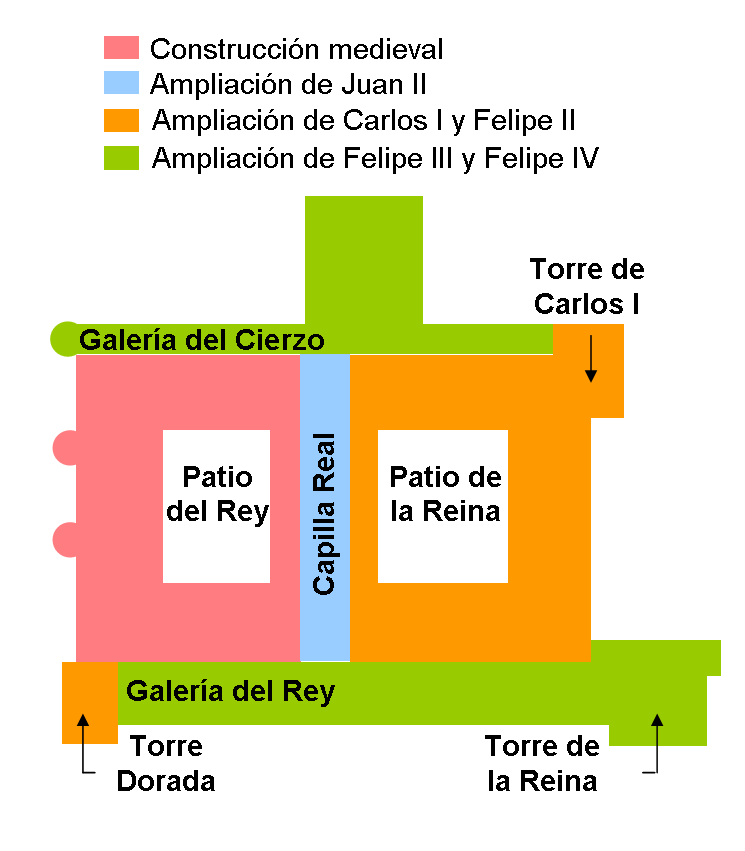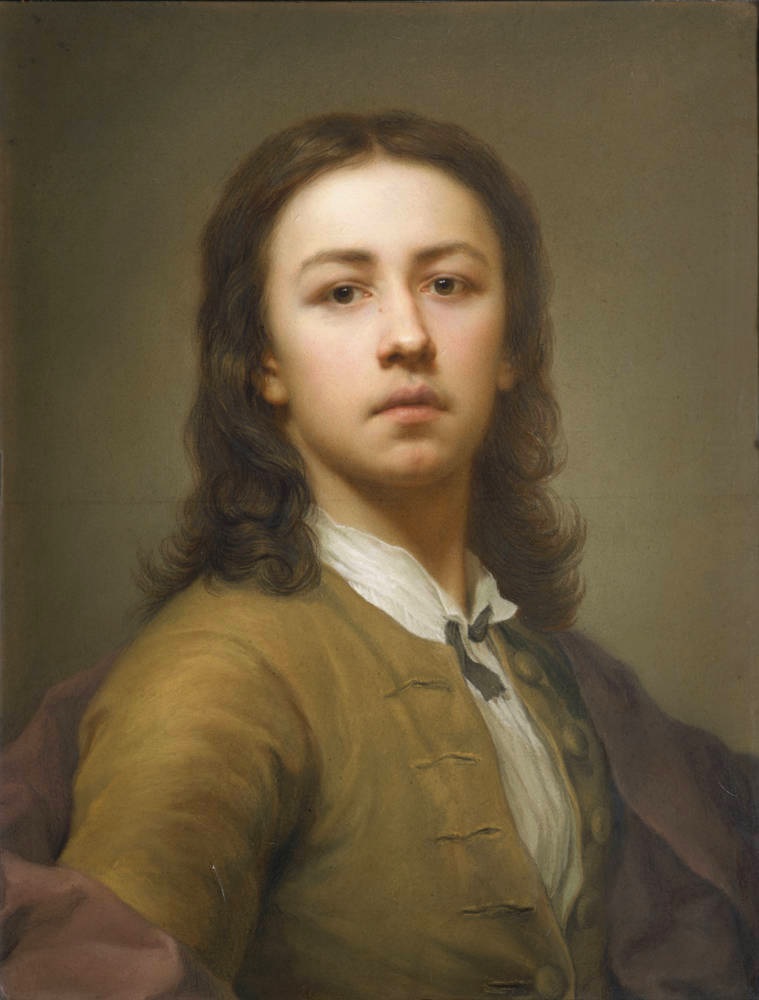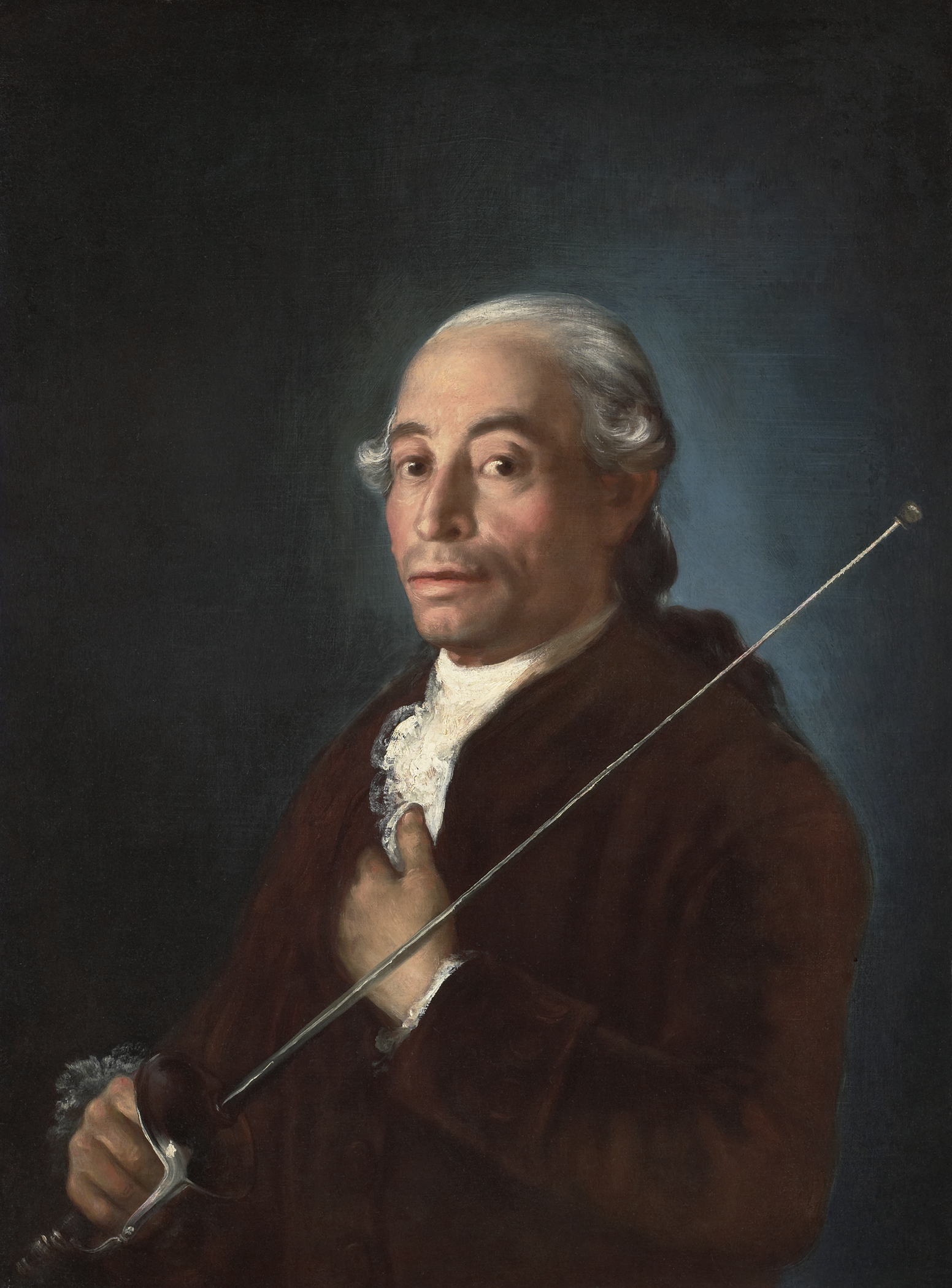|
Palacio Real, Madrid
The Royal Palace of Madrid ( es, Palacio Real de Madrid) is the official residence of the Spanish royal family at the city of Madrid, although now used only for state ceremonies. The palace has of floor space and contains 3,418 rooms. It is the largest royal palace in Europe. The palace is now open to the public, except during state functions, although it is so large that only a selection of rooms are on the visitor route at any one time, the route being changed every few months. An admission fee of €13 is charged; however, at some times it is free. The palace is owned by the Spanish state and administered by the Patrimonio Nacional, a public agency of the Ministry of the Presidency. The palace is on Calle de Bailén ("Bailén Street") in the western part of downtown Madrid, east of the Manzanares River, and is accessible from the Ópera metro station. Felipe VI and the royal family do not reside in the palace, choosing instead the Palace of Zarzuela in El Pardo. The pala ... [...More Info...] [...Related Items...] OR: [Wikipedia] [Google] [Baidu] |
Baroque Architecture
Baroque architecture is a highly decorative and theatrical style which appeared in Italy in the early 17th century and gradually spread across Europe. It was originally introduced by the Catholic Church, particularly by the Jesuits, as a means to combat the Reformation and the Protestant church with a new architecture that inspired surprise and awe. It reached its peak in the High Baroque (1625–1675), when it was used in churches and palaces in Italy, Spain, Portugal, France, Bavaria and Austria. In the Late Baroque period (1675–1750), it reached as far as Russia and the Spanish and Portuguese colonies in Latin America. About 1730, an even more elaborately decorative variant called Rococo appeared and flourished in Central Europe. Baroque architects took the basic elements of Renaissance architecture, including domes and colonnades, and made them higher, grander, more decorated, and more dramatic. The interior effects were often achieved with the use of ''quadratura'', or ... [...More Info...] [...Related Items...] OR: [Wikipedia] [Google] [Baidu] |
Royal Alcázar Of Madrid
The Royal Alcázar of Madrid (Spanish: ''Real Alcázar de Madrid'') was a fortress located at the site of today's Royal Palace of Madrid, Madrid, Spain. The structure was originally built in the second half of the ninth century by the Muslims, then extended and enlarged over the centuries, particularly after 1560. It was at this time that the fortress was converted into a royal palace, and Madrid became the capital of the Spanish Empire. Despite being a palace, the great building kept its original arabic title of '' Alcázar'' (English: "castle"). The first extension to the building was commissioned by King Charles I (Charles V, Holy Roman Emperor) and completed in 1537. Its exterior was constructed by the architect Juan Gómez de Mora in 1636 on a commission from King Philip IV. As famous for its artistic treasures as it is for its unusual architecture, it was the residence of the Spanish Royal Family and home of the Court, until its destruction by fire during the reign o ... [...More Info...] [...Related Items...] OR: [Wikipedia] [Google] [Baidu] |
Anton Raphael Mengs
Anton Raphael Mengs (22 March 1728 – 29 June 1779) was a German painter, active in Dresden, Rome, and Madrid, who while painting in the Rococo period of the mid-18th century became one of the precursors to Neoclassical painting, which replaced Rococo as the dominant painting style in Europe. Early life Mengs was born in 1728 at Ústí nad Labem (German: Aussig) in the Kingdom of Bohemia, the son of Ismael Mengs, a Danish painter who eventually established himself at Dresden, where the court of Saxonian-Polish electors and kings was. His older sister, Therese Maron, was also a painter, as was his younger sister, Julia. His and Therese's births in Bohemia were mere coincidence. Their mother was not their father's wife; Ismael carried on a years-long affair with the family's housekeeper, Charlotte Bormann. In an effort to conceal the births of two illegitimate children, Ismael took Charlotte, under the pretext of "vacations", to the nearest bigger town abroad, Ústí nad La ... [...More Info...] [...Related Items...] OR: [Wikipedia] [Google] [Baidu] |
Corrado Giaquinto
Corrado Giaquinto (8 February 1703 – 18 April 1766) was an Italian Rococo painter. Early training and move to Rome He was born in Molfetta. As a boy he apprenticed with a modest local painter Saverio Porta, (c1667–1725), escaping the religious career his parents had intended for him. By October 1724, he left Molfetta, and along with his contemporaries Francesco de Mura (1696–1784) and Giuseppe Bonito (1707–1789), he trained from 1719 to 1723 in the prolific Neapolitan studio of Francesco Solimena, either with Solimena or his pupil, Nicola Maria Rossi. Giaquinto followed a peripatetic career, with long sojourns in Naples, Rome (between 1723 and 1753), Turin (1733 and 1735–39), and Madrid (1753–1761). In 1723, he moved to Rome to work in the studio of Sebastiano Conca. He painted in San Lorenzo in Damaso, San Giovanni Calibita, and the ceiling at Santa Croce in Gerusalemme. In March 1727, with Giuseppe Rossi as an assistant, Giaquinto opened an independent studi ... [...More Info...] [...Related Items...] OR: [Wikipedia] [Google] [Baidu] |
Giovanni Battista Tiepolo
Giovanni Battista Tiepolo ( , ; March 5, 1696 – March 27, 1770), also known as Giambattista (or Gianbattista) Tiepolo, was an Italian painter and printmaker from the Republic of Venice who painted in the Rococo style, considered an important member of the 18th-century Venetian school. He was prolific, and worked not only in Italy, but also in Germany and Spain. Giovan Battista Tiepolo, together with Giambattista Pittoni, Canaletto, Giovan Battista Piazzetta, Giuseppe Maria Crespi, and Francesco Guardi are considered the traditional Old Masters of that period. Successful from the beginning of his career, he has been described by Michael Levey as "the greatest decorative painter of eighteenth-century Europe, as well as its most able craftsman." Biography ''The Glory of St. Dominic'', 1723 Early life (1696–1726) Born in Venice, he was the youngest of six children of Domenico and Orsetta Tiepolo. His father was a small shipping merchant who belonged to a family th ... [...More Info...] [...Related Items...] OR: [Wikipedia] [Google] [Baidu] |
Diego Velázquez
Diego Rodríguez de Silva y Velázquez (baptized June 6, 1599August 6, 1660) was a Spanish painter, the leading artist in the court of King Philip IV of Spain and Portugal, and of the Spanish Golden Age. He was an individualistic artist of the Baroque period (c.1600–1750). He began to paint in a precise tenebrist style, later developing a freer manner characterized by bold brushwork. In addition to numerous renditions of scenes of historical and cultural significance, he painted scores of portraits of the Spanish royal family and commoners, culminating in his masterpiece '' Las Meninas'' (1656). Velázquez's paintings became a model for 19th-century realist and impressionist painters. In the 20th century, artists such as Pablo Picasso, Salvador Dalí, and Francis Bacon paid tribute to Velázquez by re-interpreting some of his most iconic images. Most of his work entered the Spanish royal collection, and by far the best collection is in the Museo del Prado in Madrid, tho ... [...More Info...] [...Related Items...] OR: [Wikipedia] [Google] [Baidu] |
Francisco De Goya
Francisco José de Goya y Lucientes (; ; 30 March 174616 April 1828) was a Spanish romantic painter and printmaker. He is considered the most important Spanish artist of the late 18th and early 19th centuries. His paintings, drawings, and engravings reflected contemporary historical upheavals and influenced important 19th- and 20th-century painters. Goya is often referred to as the last of the Old Masters and the first of the moderns. Goya was born to a middle-class family in 1746, in Fuendetodos in Aragon. He studied painting from age 14 under José Luzán y Martinez and moved to Madrid to study with Anton Raphael Mengs. He married Josefa Bayeu in 1773. Their life was characterised by a series of pregnancies and miscarriages, and only one child, a son, survived into adulthood. Goya became a court painter to the Spanish Crown in 1786 and this early portion of his career is marked by portraits of the Spanish aristocracy and royalty, and Rococo-style tapestry cartoons des ... [...More Info...] [...Related Items...] OR: [Wikipedia] [Google] [Baidu] |
Juan De Flandes
Juan de Flandes ("John of Flanders"; c. 1460 – by 1519) was a Flemish painter active in Spain from 1496 to 1519. His actual name is unknown, although an inscription ''Juan Astrat'' on the back of one work suggests a name such as "Jan van der Straat". Jan Sallaert, who became a master in Ghent in 1480, has also been suggested. He worked in the Early Netherlandish style. Life and works He may have been born around 1460 somewhere in Flanders, ''Flandes'' in Spanish, which encompassed modern Belgium, Netherlands, Luxembourg and bordering regions of France. He evidently trained in his home country, most likely in Ghent, as his work shows similarities to that of Joos van Wassenhove, Hugo van der Goes and other Ghent artists. He is only documented after he became an artist at the court of Queen Isabella I of Castile, where he is first mentioned in the accounts in 1496. He is described as "court painter" by 1498 and continued in the queen's service until her death in 1504. He ... [...More Info...] [...Related Items...] OR: [Wikipedia] [Google] [Baidu] |
Caravaggio
Michelangelo Merisi (Michele Angelo Merigi or Amerighi) da Caravaggio, known as simply Caravaggio (, , ; 29 September 1571 – 18 July 1610), was an Italian painter active in Rome for most of his artistic life. During the final four years of his life he moved between Naples, Malta, and Sicily until his death. His paintings have been characterized by art critics as combining a realistic observation of the human state, both physical and emotional, with a dramatic use of lighting, which had a formative influence on Baroque painting. Caravaggio employed close physical observation with a dramatic use of chiaroscuro that came to be known as tenebrism. He made the technique a dominant stylistic element, transfixing subjects in bright shafts of light and darkening shadows. Caravaggio vividly expressed crucial moments and scenes, often featuring violent struggles, torture, and death. He worked rapidly with live models, preferring to forgo drawings and work directly onto the canvas. Hi ... [...More Info...] [...Related Items...] OR: [Wikipedia] [Google] [Baidu] |
Second Spanish Republic
The Spanish Republic (), commonly known as the Second Spanish Republic (), was the form of government in Spain from 1931 to 1939. The Republic was proclaimed on 14 April 1931, after the deposition of King Alfonso XIII, and was dissolved on 1 April 1939 after surrendering in the Spanish Civil War to the Nationalists led by General Francisco Franco. After the proclamation of the Republic, a provisional government was established until December 1931, at which time the 1931 Constitution was approved. During this time and the subsequent two years of constitutional government, known as the Reformist Biennium, Manuel Azaña's executive initiated numerous reforms to what in their view would modernize the country. In 1932 the Jesuits, who were in charge of the best schools throughout the country, were banned and had all their property confiscated in favour of government-supervised schools, while the government began a large scale school-building projects. A moderate agrarian refor ... [...More Info...] [...Related Items...] OR: [Wikipedia] [Google] [Baidu] |
Martín Sarmiento
Martín Sarmiento or Martiño Sarmiento, also Father Sarmiento (born Pedro José García Balboa; 9 March 1695 in Villafranca del Bierzo, El Bierzo – 7 December 1772 in Madrid) was a Spanish scholar, writer and Benedictine monk, illustrious representative of the Enlightenment. He wrote on a wide variety of subjects, including Literature, Medicine, Botany, Ethnography, History, Theology, Linguistics, etc. His life When he was four months old, he moved with his family to Pontevedra, where he spent his childhood and youth. On 3 May 1710, when he was 15, he moved to Madrid to join Benedictine , image = Medalla San Benito.PNG , caption = Design on the obverse side of the Saint Benedict Medal , abbreviation = OSB , formation = , motto = (English: 'Pray and Work') , foun ... order. He was named presbyter in 1720, Sarmiento lived in Asturias until 1725 like a professor in Cebrio and Oviedo. Later he left his moth ... [...More Info...] [...Related Items...] OR: [Wikipedia] [Google] [Baidu] |
Francesco Sabatini
Francesco Sabatini (1721 – 19 February 1797), also known as Francisco Sabatini, was an Italian architect of the 18th century who worked in Spain. Biography Born in Palermo, he studied architecture in Rome. His first contacts with the Spanish monarchy was when he participated in the construction of the Palace of Caserta for the King of Naples and Duke of Parma and Tuscany, Charles VII, the future King Charles III of Spain. When he was raised to the Spanish throne, he called Sabatini to Madrid in 1760, where he was positioned above the most outstanding Spanish architects of the time. He was appointed as Great Master of Royal Works, with the rank of lieutenant colonel at the Engineers Corps, simultaneously designated also as an honorary academician of the Academia Real de Bellas Artes de San Fernando. Sabatini's works are all encompassed within the neoclassical tradition, but he was not inspired fundamentally by ancient Greece and Rome, but by Italian Renaissance architect ... [...More Info...] [...Related Items...] OR: [Wikipedia] [Google] [Baidu] |









.jpg)

